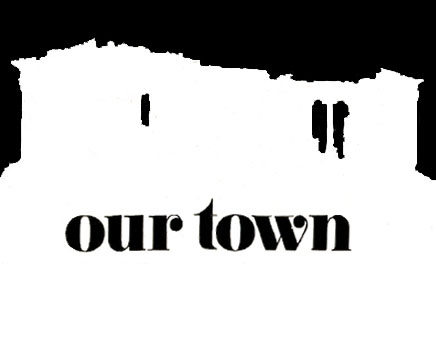
Even his great reputation as a poet had begun to dwindle by the time of his death. Accused of poor prosody, empty posturings and a tin ear by Victorians, Byron’s reputation only began reviving in this century, and then mainly as a satirist.
Even in 1918, Virginia Woolf, a critic to be reckoned with, wrote “I am much impressed by the extreme badness of Byron’s poetry.” At the same time she somewhat contradictorily added that Don Juan was the most readable poem of its length ever written, that the poet had a fine nature and that “I am ready to fall in love with him.”
Byron himself claimed he never seduced anyone but was always seduced himself, and this seems to have continued ever since. He is a most extraordinary victim of literary necrophilia and the passions and jealousies he arouses among scholars at intervals still tempestuously roil up the otherwise halcyon columns of the Times Literary Supplement.
Within this narrow context of scholars and English language critics, it is easy to forget that in the rest of the Western world Byron is surpassed in fame only by Shakespeare among English poets; that his name is a household word in civilized countries where Milton and Shelley are merely names and Pope and Keats unheard of. A central figure in 19th century culture in the West, nowhere has he figured so prominently as in Greece where the baptismal name Byron remains popular and patriotic.
Byron’s early fame and his support of Greek freedom unquestionably inspired Europe with the philhellenism that brought national independence; hence he was referred to as Father and Benefactor by the Greek provisional government and the people at the time of his death when he was 36.
But Byronism in Greece did not end with the winning of independence. One of the most interesting aspects of Byronism in GreeGe is that when the romantic figure languished into sentimentality, it was replaced by Byron, the vigorous political activist and his name was often invoked in the irredentism of the ‘Megali Idea’ in the late 19th and early 20th centuries.
The personal relics of Byron in Greece are luckily scanty, and the exhibition “Lord Byron in Greece”, mostly drawn from the Benaki Museum, is free of those faded locks of hair, scraps of love notes, worn garments, blunted pen points and other memento mori that make collections of Byroniana, as in Ravenna, so depressing.
There are, to be sure, Byron slippers (looking rather too big), two sets of pistols, his helmet and a sword lent from the Harrow School Collection.
In keeping with this country’s propensity to mix fact with myth, there are a number of objects referring to Theresa Makri whose relationship with Byron is largely fanciful. The famous Phillips portrait of Byron in Albanian dress, on loan from the British Embassy, is on view along with some anonymous ones, several Greek, that are refreshingly different and uncharacteristic. There are three marvellous bronze clocks embellished with Byron musing among ruins or swooning in the arms of Greece.
The section devoted to books and pamphlets above all shows the extent of Byronism in Greece. His influence on the two leading Greek poets,. Solomos and Palamas, is well known, but the breadth and duration of his appeal is extraordinary. The early translations naturally dealt mostly with Byron’s Greek settings. Later, they broadened and new translations are still appearing today.
The announcement issued by the Greek government on Byron’s death, proclaiming national mourning, is still stirring to read:
“Lord Noel Byron, having on the 7th of the present month ceased to walk the Greek earth, to which, years ago, he gave his love, has departed to the eternal tabernacles and has left inconsolable grief in Greek hearts; and since Greece for his benefactions to her owes immortal thanks to him and the Nation should have him father and benefactor and wearing mourning for his loss…”
On the 200th anniversary of his birth, Greece continues to honor a national hero and a national poet.








